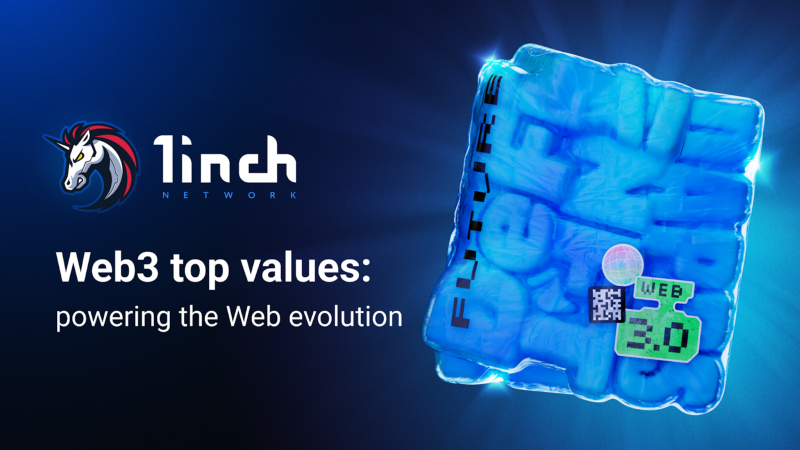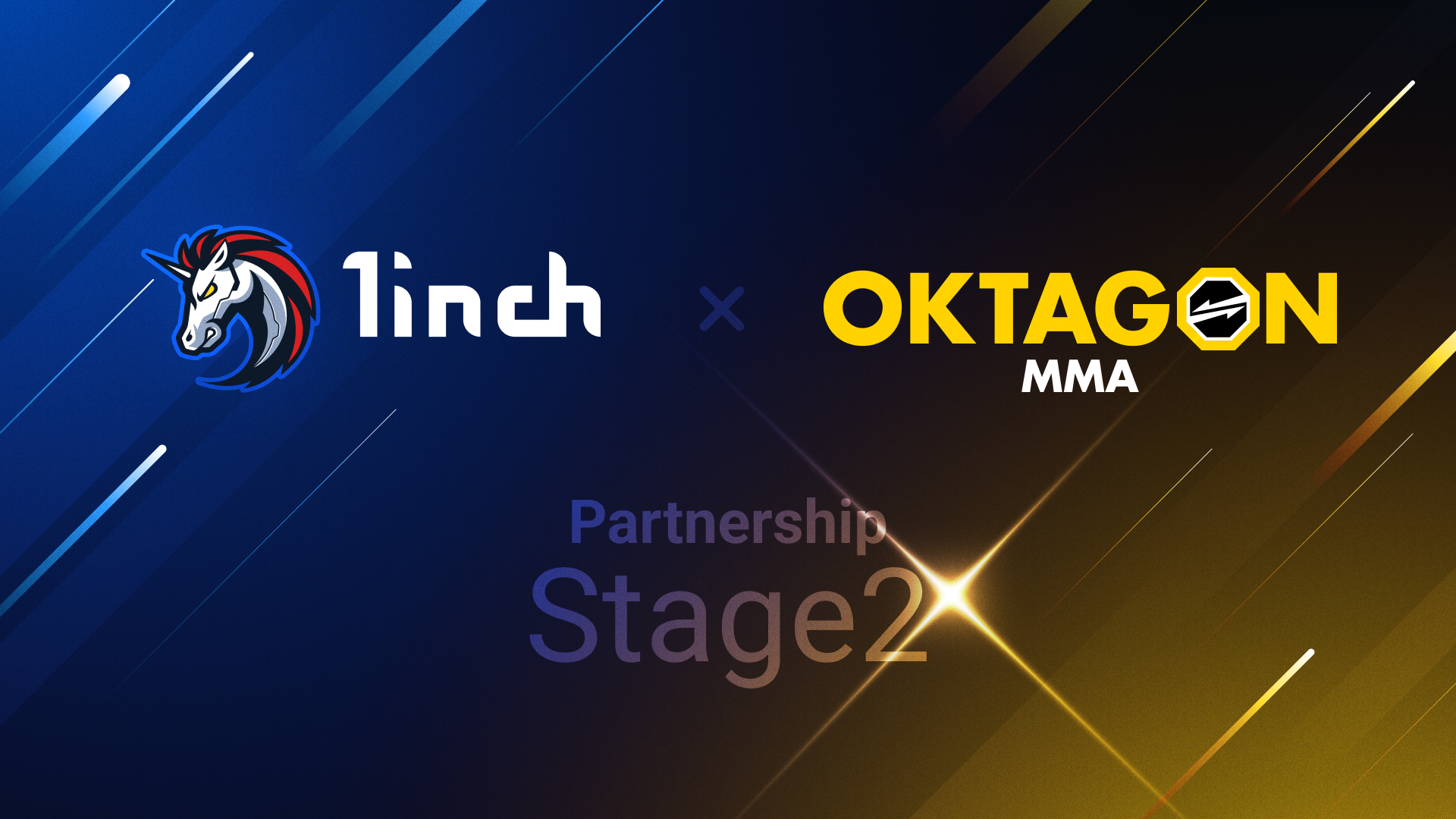Web3 top values: powering the Web evolution

Web3 has become a symbol of a new and better Internet era. Identifying its main features and advantages will help determine Web3 prospects and relevance to a user.
The Web’s evolution can be broken down into three stages. The first stage, or Web1, is also called “read-only” due to its practically one-way user interaction. It started around 1990 and lasted a bit more than ten years. The first generation of the Web offered only static pages with very little chance for users to engage with one another. Providers and server administrators were those who controlled and owned the data.
Web2 emerged in the mid-2000s and has remained a part of most people’s daily lives so far. Signature features of Web2 are the flourishing of tech giants, user-generated content and e-commerce, as well as users embracing social networks and content platforms, such as content-sharing websites or blogs. Web2 represents most of the applications and social networks that are widely used today. Data is owned by platforms and companies, and users still depend on their trustworthiness and reliability.
In turn, Web3 relies on blockchain technology and fosters decentralization of projects and businesses and users’ control over their data.
Since 2014, when the term was first used, it has had a parallel existence with a second generation of the World Web, just like Web2 coexisted for a long time with its predecessor.
How Web3 enhances user experience
Blockchain technology and decentralization: Web3 engages users with blockchain technology in a smooth and straightforward way. When navigating Web3 platforms, users might not even notice the difference from traditional apps. Meanwhile, Web3 apps are blockchain-driven dApps — decentralized applications, meaning users’ data is not stored in a single server but across multiple nodes. As a result, data is not owned by any single entity. As Web3’s notable advantage, decentralization empowers other features that help solve main Web2 issues related to security, ownership, monetization and transparency.
Improved privacy: Storing user data and information in a decentralized way is fundamentally different from the data exploiting approach harnessed by such giants as Meta and Google. Basically, almost all Web2 platforms own user data and take advantage of using it for monetization. Even if they don’t sell their user database, they still profit from targeted ads. With a decentralized approach, the issue of data leakage is eliminated, and users get back their privacy.
More data ownership: In Web3, users have their digital identity (ID) managed via wallets or naming systems providing users with unique blockchain-minted domains. Digital identities can prove ownership and introduce a user to Web3 without revealing personal data. Plus, they can be both linked to real-world identities or remain anonymous.
The digital ID solves the problem of authorizing and gaining reputation on different platforms since it is a single “pass” followed by reputation baggage used across all Web3. So there is no danger of losing your value as a content creator even if you leave some platform — everything is ID-coded.
Another revolutionary technology related to ownership is NFT, which represents the users’ rights over digital or real-world digitized items by recording the details on the blockchain.
The elimination of intermediaries incentivizes users by creating more opportunities to distribute and profit from the content they create. Web3 also enables them to profit from community participation and projects. The tokens and NFTs used in Web3 projects, including games, have real monetary value and belong solely to users.
Better security and transparency: Decentralization creates a huge potential for improving security and transparency. Users perform transactions on dApps while keeping their data private. At the same time, blockchain is open-source, meaning financial processes become more transparent and empower a better scope for audits and security. Plus, user data is cryptographically secured.
With no centralized ownership or server, downtime caused by one failure is eliminated. Meanwhile, internal collusion and external attacks become more challenging.
Key Web3 components
- 3D graphics and metaverses: Dramatically evolving 3D graphics dwell largely on Web3 since it allows users to dive into elaborately crafted virtual worlds of games, metaverses and other projects using VR and AR tech. The ability to embrace information via immersive experience, “walking” through digital analogs of real or fantasy worlds rather than just reading a website, is one of Web3’s most user-engaging features.
- Artificial intelligence: AI is a vast branch of computer science concerned with creating intelligent machines to perform tasks normally involving human intelligence. In the context of Web3, machines can understand information almost like humans do, using technologies that rely on the concepts of the Semantic Web and natural language processing. As a result, content can be managed more efficiently.
- Semantic upgrade and better search results: Due to more productive contextualizing by information interlinking, the semantic Web is an integral part of the new-generation Web. Machines are learning to identify complex associations between different pieces of content and understand words rather than simply detect them. Therefore, they generate relevant search results and raise user experience to another level.
Use cases and challenges
Web3 is all about DeFi — dApps, DEXes, yield platforms, play-to-earn games, DAOs (alternative forms of organization in DeFi), as well as communities, metaverses and projects that use AI.
There will be more and more applications coming. Although Web3 is still in its nascent stage, it covers a pretty large number of use cases.
Every early development phase involves some challenges, and Web3 is no exception. Only specific devices can handle power-consuming metaverses and additional connections. Hence not all benefits of the new Internet are available to the masses.
Another challenge applies to learning how to use all Web3 features properly, which might be time-consuming. Although Web3 is decentralized, it still contains centralized components. Cryptocurrencies and blockchains are part of it (which are decentralized), but Web3 also includes centralized crypto projects. Plus, Web3 marketing still relies on centralized networks, like Discord.
Nevertheless, Web3 still represents a significant step forward compared to Web2, bringing to life the next phase of the Web evolution.





























